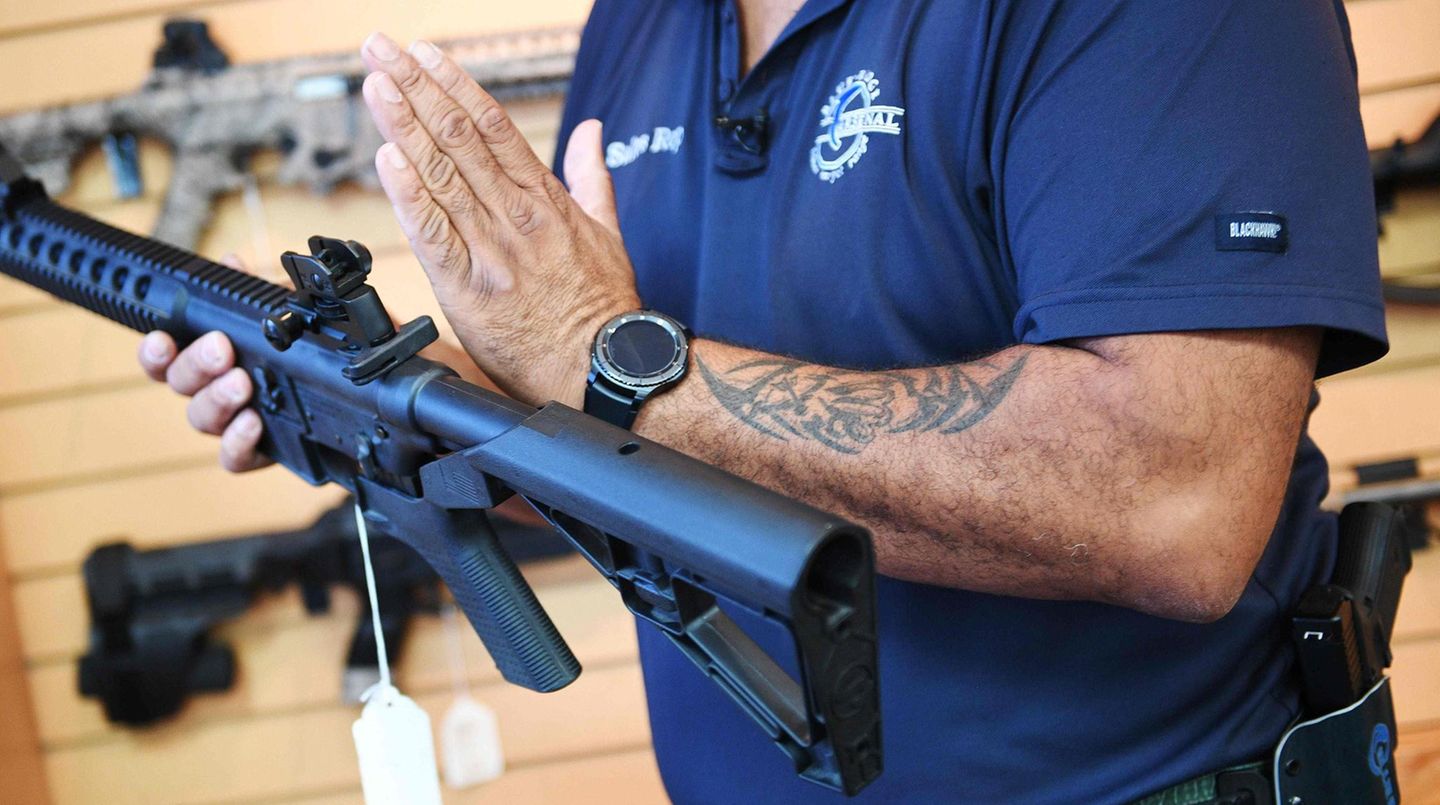David William is a talented author who has made a name for himself in the world of writing. He is a professional author who writes on a wide range of topics, from general interest to opinion news. David is currently working as a writer at 24 hours worlds where he brings his unique perspective and in-depth research to his articles, making them both informative and engaging.
Menu
US gun laws: It’s actually in the Second Amendment
Categories
Most Read
Internal security: Cabinet approves draft of new federal police law
October 8, 2025
No Comments
Controversial project: Federal Ministry of Justice rejects EU plans for chat control
October 8, 2025
No Comments
Defense: Russia accuses the Leyen hybrid war against EU
October 8, 2025
No Comments
Consultations with parties: France’s Prime Minister sees a solution to the crisis without new elections
October 8, 2025
No Comments
Herdecke residents about the knife attack on Iris Stalzer: “Are shocked”
October 8, 2025
No Comments
Latest Posts

Will there be visiting fans in the Reduced First National?
October 8, 2025
No Comments
October 8, 2025 – 13:22 The AFA and the security agencies are evaluating whether the teams have the possibility of counting on their fans, just

How it came to a meeting between Blau-Weiß Managing Director Peschek and Zlatan Ibrahimovic
October 8, 2025
No Comments
Ronivaldo with the trophy The international break is used at Bundesliga club Blau-Weiß Linz to be celebrated for the success of the past season on

How to apply to the DNI account discount on butchers this Saturday, October 11, 2025
October 8, 2025
No Comments
October 8, 2025 – 13:00 Paying with the QR of the Province Bank app, you can take advantage of up to 35% reimbursement in adhered
24 Hours Worlds is a comprehensive source of instant world current affairs, offering up-to-the-minute coverage of breaking news and events from around the globe. With a team of experienced journalists and experts on hand 24/7.

